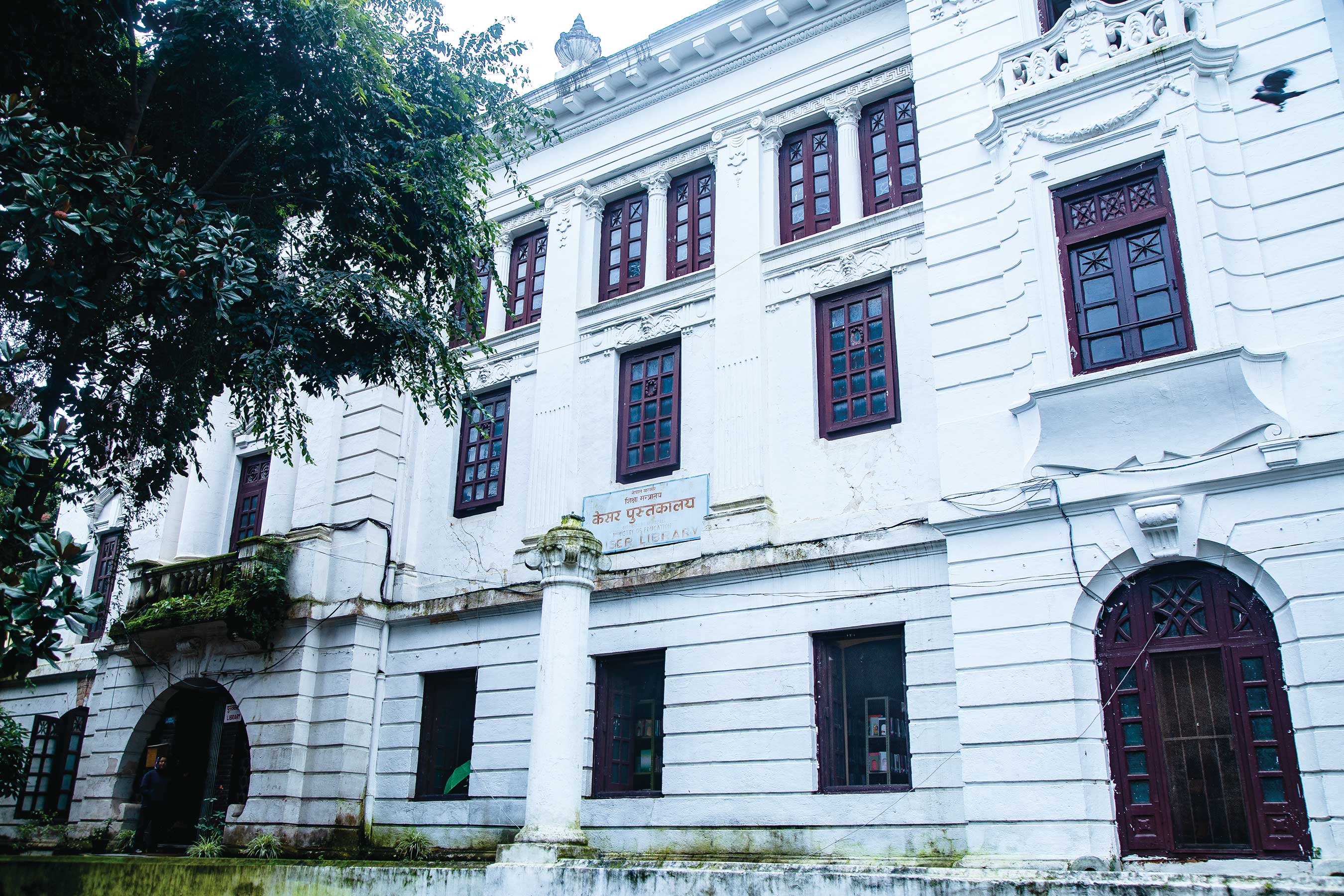Kipling Sahib is about Rudyard Kipling’s life and writings on India, and the latest book on the Raj by Charles Allen. It is also one of the most thoroughly researched Kipling biographies, firmly establishing Allen as a Kipling expert, at least on the early part of Kipling’s life when he was most attuned to India. Kipling lived from 1865 to 1936, much of the first half of it in India writing of the colonial Indian experience under the immense influence of British Imperialism. Among Kipling’s most well known works are Jungle Books and Kim, plus numerous collections of poems and short stories.
Kipling Sahib has 12 chapters plus the usual introduction, glossary, bibliography, index, maps and some interesting historic illustrations. It begins with the author’s Preface
entitled ‘Blowing the Family Trumpet’. “Immodest as it sounds,” Allen writes, “I was born to write this book.” He begins by comparing his own childhood with that of Kipling, and how each ultimately became “an orphan of India”. Then he goes on to reveal that his Allen grandparents’ home in East Sussex was full of Kiplingiana, and how his grandfather, Sir George Allen, was the young Kipling’s employer and a major influence during the writer’s formative period in India. The Allen/Kipling connections are complex and intriguing and as an ‘insider’ of sorts they allowed Charles Allen access to considerable materials and insights that puts him far ahead of other biographers.
The book begins with an overview of colonial life during Kipling’s early childhood in that great city of the Raj, Bombay. Allen then takes his readers to England with the boy Kipling, where in 1871 the shy ‘Ruddy’ and his sister ‘Trix’ (Alice) were left (virtually abandoned) to
attend boarding school, while mother (Alice) and father (John Lockwood), an art teacher, returned to India. In subsequent chapters, the youthful Rudyard begins to make a name for himself as a poet. In 1882, the teenaged Kipling returned to India to take up a position as writer on a colonial newspaper owned by George Allen in Lahore and, later, Allahabad. From then on we are guided on a fascinating biographical journey of Kipling’s life as a reporter, essayist and poet, sometimes enticed by Lahore’s dark underworld of drugs and sex, and often writing about the foibles of the British Masters of the Raj, and their families, in the Himalayan retreat at Simla.
The book stops with the publication in 1901 of Kipling’s most famous and final work on India, the story of Kim. Young Kim was an English waif who lived (in fiction) on the streets of Lahore, caught up in the spy-ridden intrigues of the ‘Great Game’ (Britain against Russia in Asia) and, not least, in search of his own identity: “‘I am Kim. I am Kim. And what is Kim?’ His soul repeated it again and again.” The theme of early parental abandonment appears frequently in Kipling’s writings and, to Charles Allen, Kim’s words spring from the depths of Kipling’s own soul, reflecting his confused East (Indian) vs. West (English) identities and his lost childhood. This disconnect (and other experiences with the “Natives” across Greater India) led him to pen what are perhaps his most famous lines of poetry, the notoriously misread and misquoted opening couplet from ‘The Ballad of East and West’ (and, yes, the double negative is in the original):
Oh, East is East and West is West, and never the twain shall never meet,
Till Earth and Sky stand presently at God’s great Judgement Seat.
Little, Brown (London), 2007, 426pp (illus). Price 1272 NRs, in Kathmandu bookstores.










